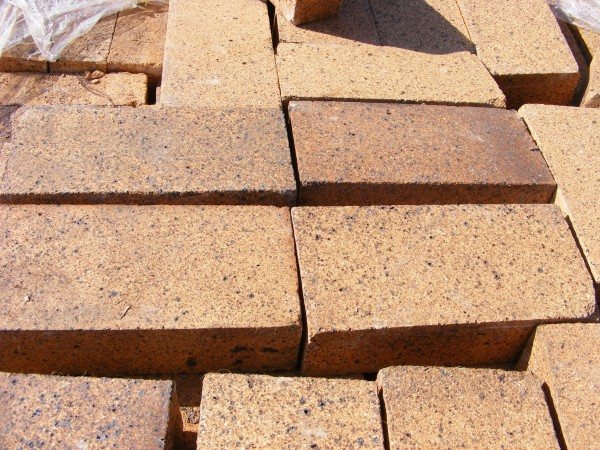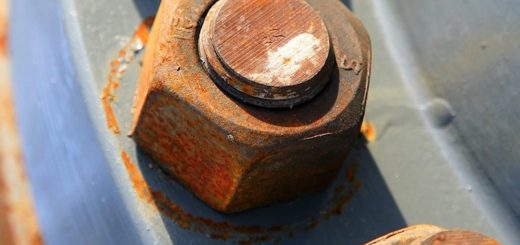Fire Brick: The Fire-Resistant Building Blocks
Fire bricks, also known as refractory bricks, are a specialized type of brick designed to withstand extremely high temperatures. Their unique properties make them essential in a range of applications where exposure to heat, fire, and intense thermal conditions is a concern. In this article, we will explore fire brick, their composition, uses, and importance in various industries.
Composition of Fire Bricks
Fire bricks are manufactured using specific materials that provide them with exceptional resistance to heat. The primary components of fire bricks are:
- Alumina (Al2O3): Alumina is a key ingredient in fire bricks, contributing to their ability to endure high temperatures. The higher the alumina content, the greater the heat resistance of the bricks.
- Silica (SiO2): Silica is another important component that helps stabilize the refractory properties of the bricks. It also contributes to their resistance to thermal shock.
- Clay: Clay serves as a binding material and helps with the formation and shaping of the bricks during manufacturing.
- Other Additives: Depending on the desired properties, small amounts of other materials like zirconia, chromia, and magnesia may be added to enhance specific characteristics of the bricks.
Types of Fire Bricks
There are several types of fire bricks, each engineered for different temperature ranges and applications:
- High-Alumina Fire Bricks: These bricks contain a high alumina content (typically over 50%) and are capable of withstanding temperatures exceeding 1,800°C (3,272°F). They are used in industries such as steel manufacturing, ceramics, and glass production.
- Silica Bricks: Silica bricks are well-suited for environments with temperatures up to 1,650°C (3,002°F). They are commonly used in coke ovens, glass furnaces, and the iron and steel industry.
- Insulating Fire Bricks: These brick has lower thermal conductivity and are designed for use in applications where insulation is critical. They are often used in kilns, furnaces, and as backup insulation in high-temperature processes.
- Magnesia Bricks: Magnesia bricks are highly refractory and can withstand temperatures up to 2,800°C (5,072°F). They are utilized in industries such as cement production and non-ferrous metal refining.
- Chrome Bricks: Chrome bricks contain a high percentage of chromium oxide, making them suitable for applications involving corrosive and high-temperature environments, such as in chemical plants.
High Temperature Resistance of Fire Bricks
The high-temperature resistance of fire bricks is a key characteristic that makes them invaluable in applications where exposure to extreme heat is a constant factor. Here are some details about the high-temperature resistance of fire brick:
Melting Point:
Fire bricks are composed of refractory materials with high melting points. These materials, such as fire clay, alumina, or silica, can withstand temperatures well beyond what standard bricks can endure. The melting point of these materials often exceeds 2,000 degrees Celsius (3,632 degrees Fahrenheit).
Thermal Insulation:
One of the primary functions of fire bricks is to provide thermal insulation. They are excellent at retaining heat and preventing it from transferring to surrounding structures. This property is crucial in applications like furnaces, kilns, and fireplaces where maintaining high temperatures is essential.
Resistance to Thermal Shock:
Fire bricks are designed to resist thermal shock, which occurs when a material undergoes rapid temperature changes. This resistance is vital in applications where temperatures fluctuate regularly, as it prevents the bricks from cracking or breaking under stress.
Low Thermal Conductivity:
The low thermal conductivity of fire bricks further enhances their ability to withstand high temperatures. This property minimizes the transfer of heat through the bricks, allowing them to maintain their structural integrity even in intense heat environments.
Industrial Applications:
Fire brick is widely used in industries that involve extreme temperatures, such as steel manufacturing, glassmaking, and foundries. Their high-temperature resistance makes them suitable for lining furnaces, kilns, and other equipment where temperatures can reach levels that would compromise traditional building materials.
Construction of Fireplaces and Stoves:
In residential settings, fire bricks are commonly used in the construction of fireplaces and wood-burning stoves. These bricks create a heat-resistant lining that ensures the safety and longevity of these heating appliances.
Variety of Grades:
Fire bricks come in various grades, each designed for specific temperature ranges. Some are suitable for moderate temperatures in household fireplaces, while others are engineered to withstand the intense heat of industrial processes.
Longevity:
The high-temperature resistance of fire bricks contributes to their longevity. When properly installed and maintained, they can withstand prolonged exposure to extreme temperatures without degrading or losing their structural integrity.
Applications of Fire Bricks
Fire bricks find a wide range of applications across various industries:
- Furnaces: Fire bricks are integral components of industrial furnaces used for metal smelting, ceramics manufacturing, and heat treatment processes.
- Kilns: In pottery, glass, and cement production, kilns rely on fire bricks to maintain high temperatures consistently.
- Boilers: Fire bricks are used in the construction of boilers and combustion chambers, where they withstand extreme heat and contribute to energy efficiency.
- Fireplaces and Wood Stoves: In residential settings, fire bricks line fireplaces and wood-burning stoves to contain high temperatures and prevent structural damage.
- Chemical Processing: Industries involved in chemical processing and petrochemicals rely on fire brick to construct reactors and vessels that handle corrosive chemicals at elevated temperatures.
Fire bricks are the unsung heroes behind many industrial processes that involve extreme heat and fire. Their exceptional heat resistance, durability, and thermal insulation properties are crucial for maintaining the structural integrity and safety of equipment and structures operating under these challenging conditions.
Whether in large industrial facilities, residential fireplaces, or specialized kilns, fire bricks play a vital role in protecting against the destructive power of high temperatures.




